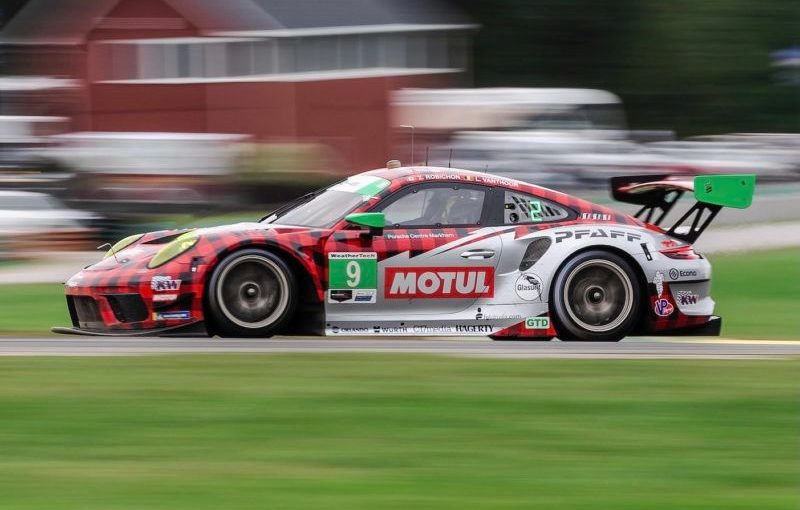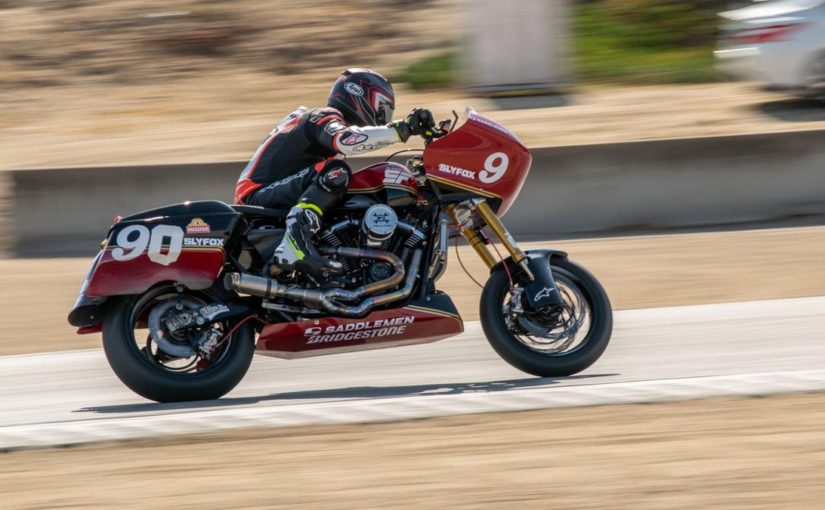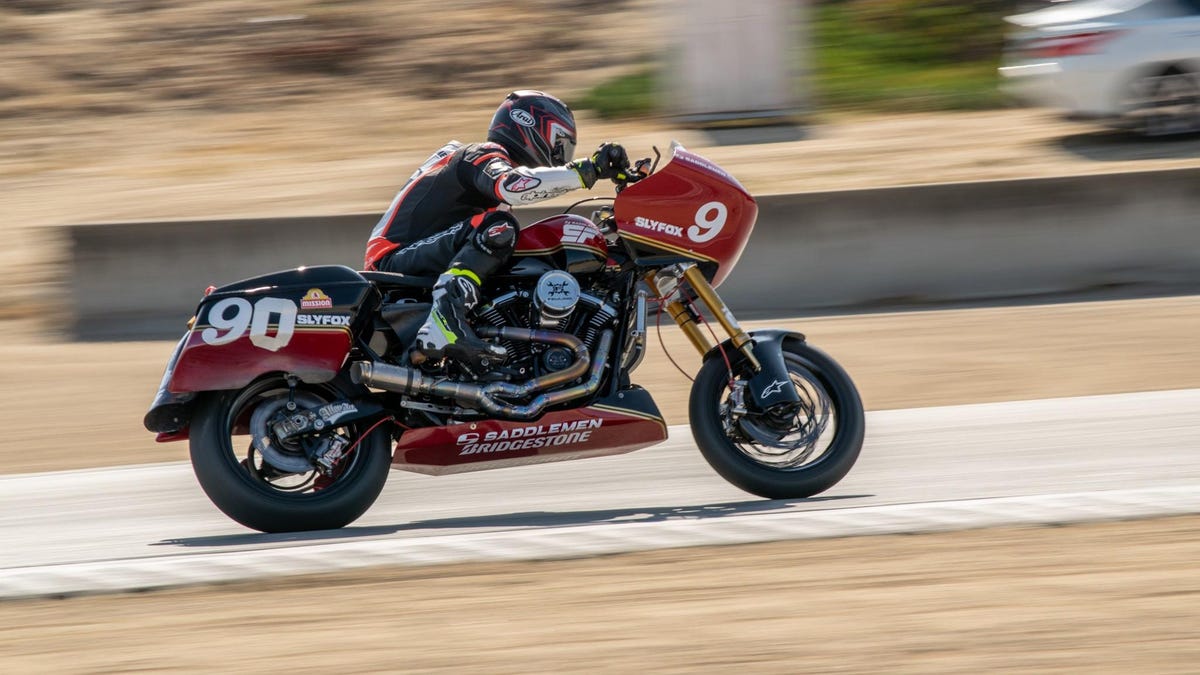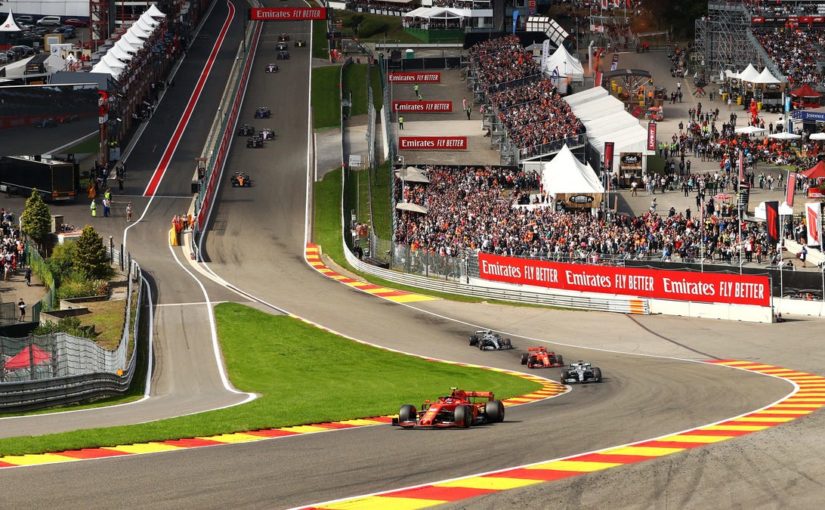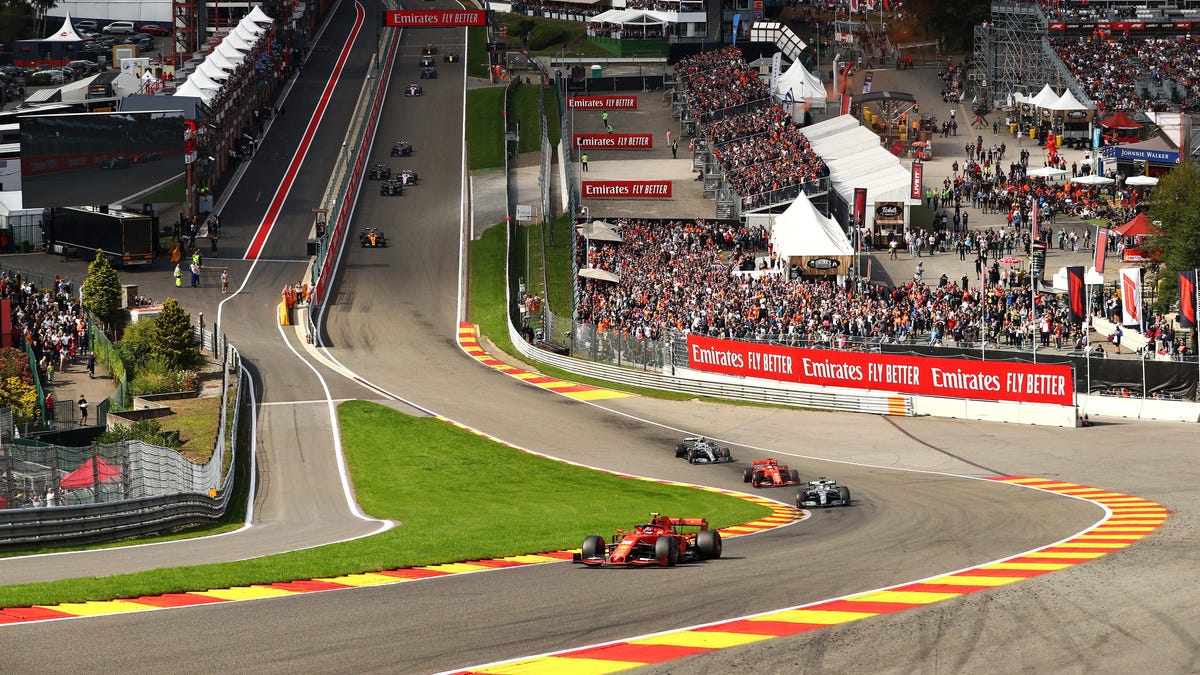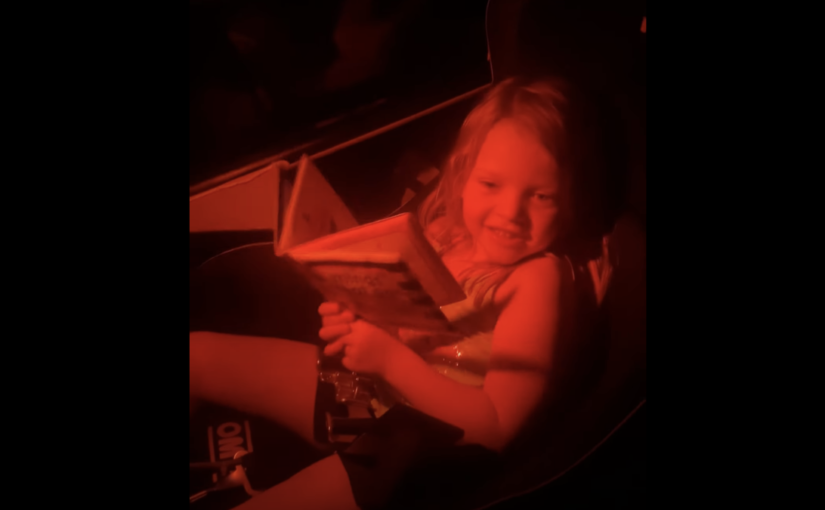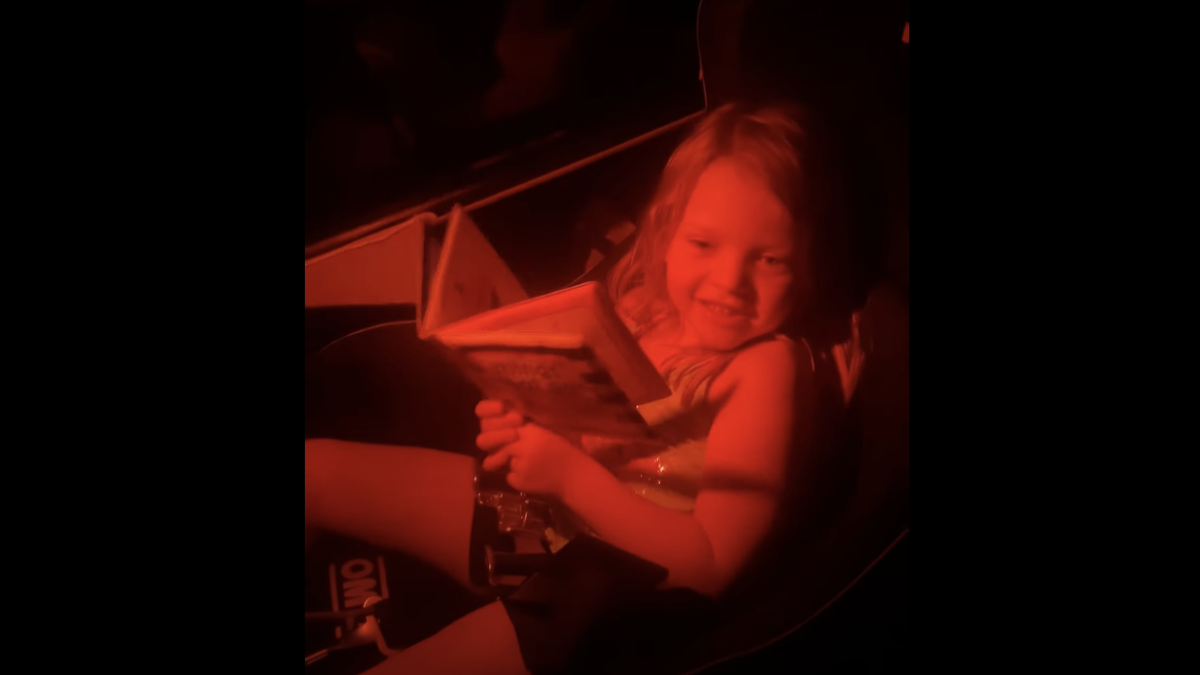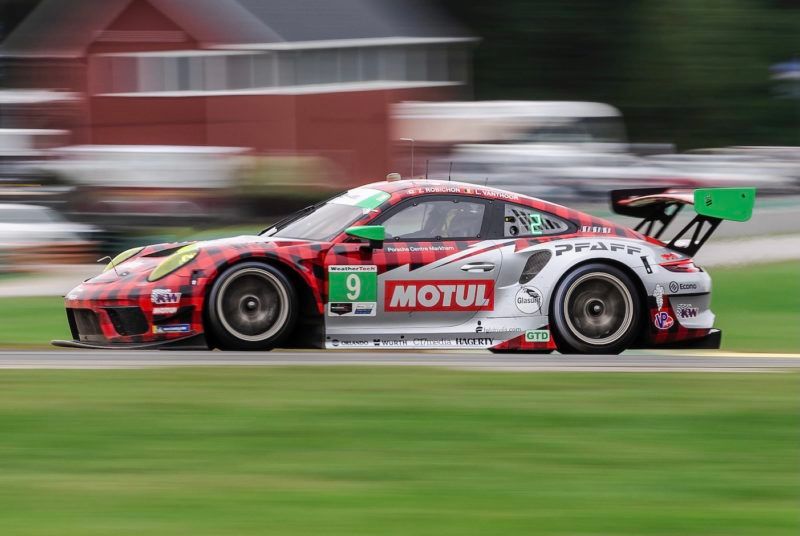
Photo: Motul Oil
The 2021 IMSA season is coming to a close, and it’s looking increasingly like the Pfaff Motorsports Porsche 911 GT3 R has what it takes to secure the GTD championship this year. With three wins from the last four races, the team of Zacharie Robichon and Laurens Vanthoor has pushed its championship bid to a huge gap with just one race remaining in the season, the 10-hour Petit Le Mans race at Road Atlanta, going down in mid-November. It looked like the No. 16 Wright Motorsports Porsche would join the Pfaff team on the GTD podium, but were pushed down to fourth with a final lap hip-check from the Vasser-Sullivan Lexus team.
The Pfaff team had their work cut out for them on Saturday, as they had qualified fairly well, but were relegated down to 13th on the grid with a penalty for the crew between sessions. With a stout GT-only field to work through, nobody would have expected them to make the massive charge that they did. Robichon had a monster first stint and got the car up to fifth before passing off to Vanthoor. Around 11 minutes remaining in the race, the leading Turner Motorsports BMW was tipped into a spin by a GTLM-class Corvette, and the result was a flat tire and loss of a lap for the title contenders. By that point in the race, the Pfaff team had worked its way up to second on the road, and was gifted the win with the BMW’s poor luck. Vanthoor took the checkered flag by 2.755 seconds over the Paul Miller Racing Lamborghini with the Lexus rounding out the GTD podium.
#9: Pfaff Motorsports Porsche 911 GT3R, GTD: Zacharie Robichon, Laurens Vanthoor
” data-medium-file=”http://wheelspoken.com/wp-content/uploads/2021/10/championship-leading-plaid-porsche-grabs-last-minute-victory-in-vir-imsa-round-2.jpg” data-large-file=”http://wheelspoken.com/wp-content/uploads/2021/10/championship-leading-plaid-porsche-grabs-last-minute-victory-in-vir-imsa-round-1.jpg” loading=”lazy” class=”ezlazyload size-large wp-image-65869″ src=”data:image/svg+xml,%3Csvg%20xmlns%3D%22http%3A%2F%2Fwww.w3.org%2F2000%2Fsvg%22%20width%3D%22800%22%20height%3D%22425%22%3E%3C%2Fsvg%3E” alt width=”800″ height=”425″ data-ezsrcset=”http://wheelspoken.com/wp-content/uploads/2021/10/championship-leading-plaid-porsche-grabs-last-minute-victory-in-vir-imsa-round-1.jpg 800w,http://wheelspoken.com/wp-content/uploads/2021/10/championship-leading-plaid-porsche-grabs-last-minute-victory-in-vir-imsa-round-2.jpg 300w,http://wheelspoken.com/wp-content/uploads/2021/10/championship-leading-plaid-porsche-grabs-last-minute-victory-in-vir-imsa-round-3.jpg 820w” sizes=”(max-width: 800px) 100vw, 800px” ezimgfmt=”rs rscb1 src ng ngcb1 srcset” data-ezsrc=”http://wheelspoken.com/wp-content/uploads/2021/10/championship-leading-plaid-porsche-grabs-last-minute-victory-in-vir-imsa-round-1.jpg”>
Photo: IMSA
“I still don’t believe it,” Vanthoor admitted in victory lane. “This is one I’m probably happiest about because yesterday was just our mistake. A stupid mistake, but we win and lose together. Today, the guys made up for it with triple the (effort) because what got us in front was the pit stops – amazing what they did. And Zach, the overtakes (he completed) at the start and how quickly he got by and got up to the front, that’s probably those two things that gave us the race. I’m sorry what happened to [the BMW]. We were catching them, and I would’ve liked to see a battle at the end, but it went the way it went.”
Over in GTLM the WeatherTech racing Porsche 911 RSR of Kevin Estre and Cooper MacNeil could do no better than third in a three-car class, despite being easily the fastest car on the track. The factory-prepped Corvettes started the race from first and second, while MacNeil started the race in third and was mobbed at the start by the leading GTD cars. He managed to keep the car on the lead lap before handing off to Porsche factory ace Estre, who clawed the car back into contention with speed and consistency. Several bouts of contact with the grey number 4 Corvette, however, pushed the Porsche back.
Estre’s former teammate Nick Tandy, now driving for Corvette Racing, had this to say about the contact:
“Honestly, the Porsche should have won the race. But honestly, when you kind of lose your brain and start driving stupid, stuff happens. Luckily with our Corvettes, we kept them on the track and didn’t do too much damage to them.”
Harsh words from someone who should probably know what it’s like to drive a 911 RSR.

Photo: IMSA
